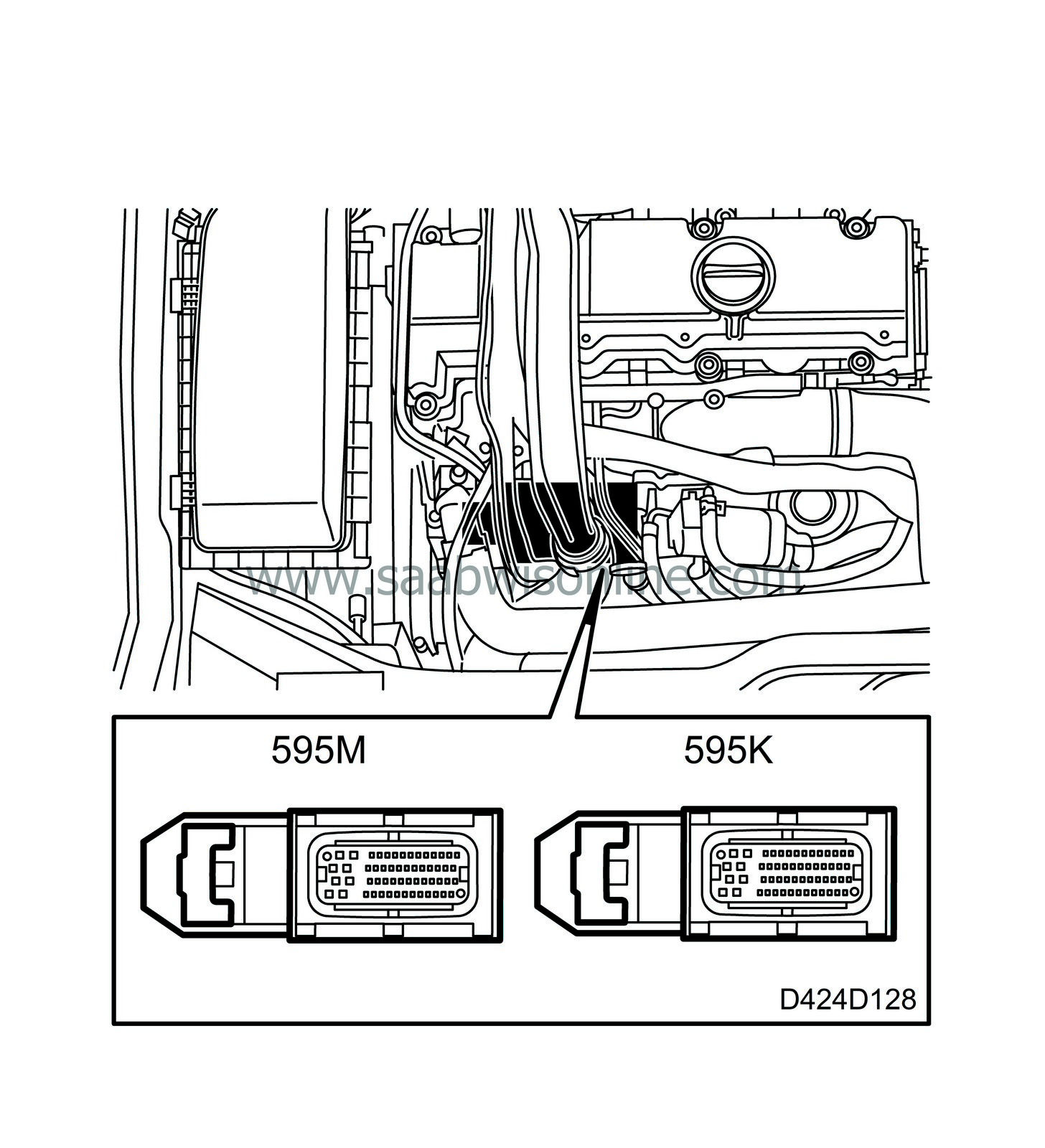PSG 16 control module
| PSG 16 control module |
The advantage of having an engine control module mounted on the pump is that there is less cable and the communication between the pump and the control module is faster. This means that when the engine control module has received information from the various sensors, it can react very rapidly. The control module is designed to withstand vibration, temperature and other external forces better than the previous control module.
The control module determines the maximum quantity of fuel permitted per combustion based on pre-programmed limits and the values of the various sensors. As this is taking place, a suitable moment for starting the pressure build-up in the diesel pump is also determined.
The diesel pump mounted control module has two 56-pin connections. One connection on each side of the control module.
The control module is powered with +15 and since there is no adaptation that must be retained in memory, there is no need for a +30 supply. Furthermore, there is an afterrunning function that must expire before the control module releases the ground of the main relay.
The afterrunning function is controlled by DICE via the I- and P-bus, and starts when the ignition key is turned to OFF position, i.e. the +15 supply on pin 16 is absent. While the afterrunning function is active, diagnostic trouble codes will be stored and a diagnosis of the main relay will be carried out. DICE keeps the PSG 16 control module awake (about 60 s) in order to read the engine temperature. This is done to control the radiator fan.
Afterrunning must have expired when clearing diagnostic trouble codes, i.e. the main relay must be inactive before a diagnostic trouble code is definitely cleared.
When the ignition is turned to ON, the Check Engine malfunction indicator lamp goes on to confirm operation. If there are no system faults, the lamp will go off after 3.5 seconds or when the engine is started, whichever occurs first.
Fuel injection is mainly regulated by the position of the pedal, the engine coolant temperature and engine speed. There are substitute values for all the sensors available in the control module should a fault occur.



